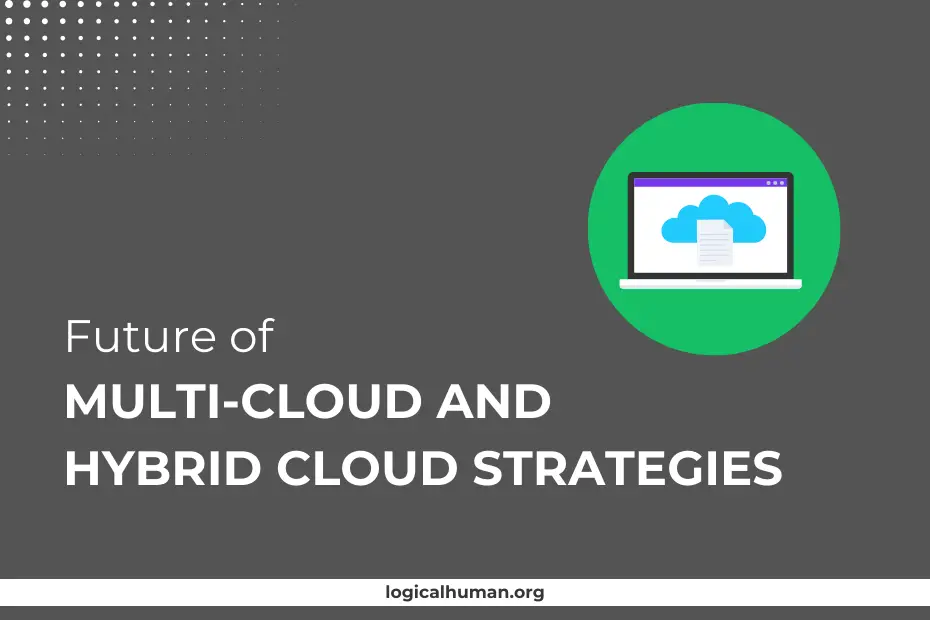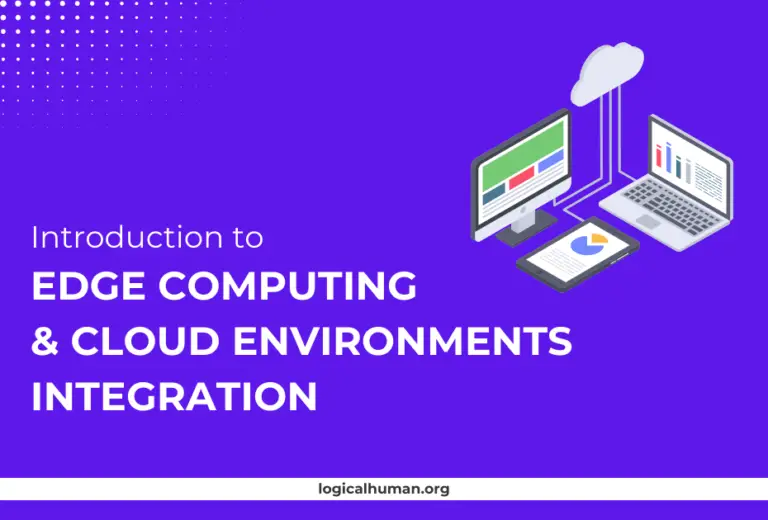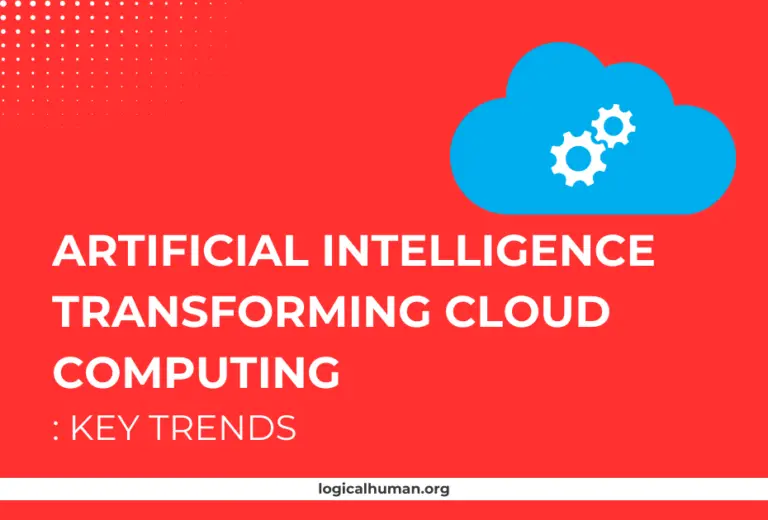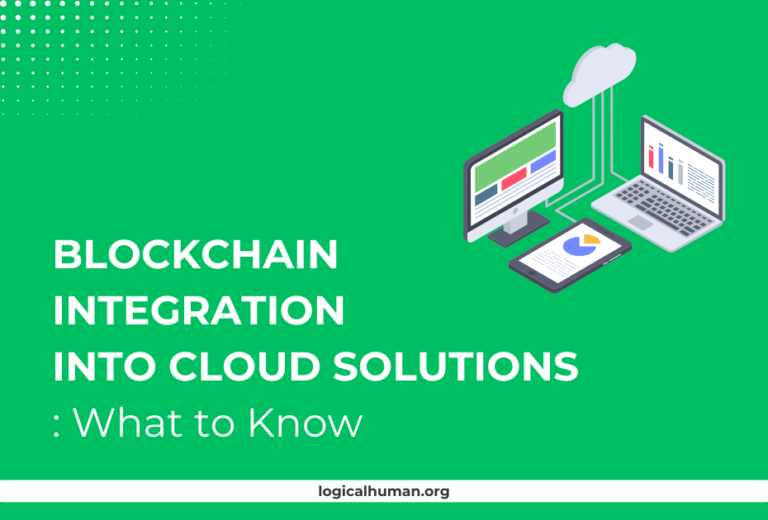In today’s digital landscape, businesses are increasingly leveraging cloud solutions to drive innovation, efficiency, and scalability. The emergence of multi-cloud and hybrid cloud strategies has transformed how organizations manage their IT infrastructure, offering unprecedented flexibility and control. But what does the future hold for these cloud strategies? In this article, we’ll delve deep into the evolving landscape of multi-cloud and hybrid cloud, exploring their benefits, challenges, and emerging trends that are set to redefine the cloud computing paradigm.
Definition of Multi-Cloud and Hybrid Cloud
Before we dive into the future, let’s clarify what we mean by multi-cloud and hybrid cloud. A multi-cloud strategy involves using services from multiple cloud providers, such as AWS, Google Cloud, and Azure, to distribute workloads. This approach avoids vendor lock-in and allows businesses to optimize costs and performance by choosing the best services for specific needs.
On the other hand, a hybrid cloud strategy combines private and public cloud environments, enabling data and applications to be shared between them. This model provides the flexibility to run sensitive workloads in a private cloud while leveraging the scalability and cost-efficiency of public clouds for less critical tasks.
Importance of Cloud Strategies in Modern Enterprises
As enterprises continue to expand their digital footprints, the demand for robust and adaptable cloud strategies is skyrocketing. Multi-cloud and hybrid cloud models offer the agility to innovate quickly, mitigate risks, and meet evolving business requirements. These strategies empower companies to tailor their IT infrastructure to align with unique business goals, regulatory requirements, and technological advancements.
Overview of the Future Trends in Cloud Computing
The future of cloud computing is being shaped by rapid technological advancements and shifting business needs. Trends such as the integration of AI and automation, the rise of cloud-native technologies, and the expansion of edge computing are transforming how organizations deploy and manage their cloud environments. Understanding these trends is crucial for businesses looking to stay ahead in the competitive landscape.
Understanding Multi-Cloud Strategies
What is a Multi-Cloud Strategy?
A multi-cloud strategy refers to the use of multiple cloud computing services from different providers to distribute various applications and services. This approach enables businesses to diversify their cloud portfolios, thereby minimizing risks associated with reliance on a single vendor.
Benefits of Multi-Cloud Approaches
- Vendor Flexibility: Companies are not locked into a single vendor, which allows for better negotiation on pricing and services.
- Optimized Performance: Businesses can select the best cloud provider for specific workloads, ensuring optimal performance.
- Improved Resilience: Multi-cloud strategies reduce the risk of downtime by distributing workloads across multiple cloud environments.
Challenges in Implementing Multi-Cloud Strategies
While multi-cloud strategies offer numerous benefits, they also come with challenges such as:
- Complexity in Management: Managing multiple cloud environments can be complex and requires robust monitoring and management tools.
- Security and Compliance: Ensuring data security and compliance across various cloud platforms can be challenging.
- Integration Issues: Seamless integration between different cloud services requires careful planning and execution.
Popular Use Cases of Multi-Cloud Strategies
Multi-cloud strategies are being adopted across various industries for use cases like disaster recovery, data sovereignty, and achieving higher availability for mission-critical applications. For instance, businesses in the finance sector use multi-cloud setups to comply with data residency regulations while leveraging global cloud services for analytics and insights.
Exploring Hybrid Cloud Strategies
What is a Hybrid Cloud Strategy?
A hybrid cloud strategy blends private cloud environments with public clouds, allowing data and applications to be shared between them. This approach provides businesses with greater flexibility to manage workloads based on cost, security, and performance requirements.
Advantages of Hybrid Cloud Approaches
- Enhanced Control: Organizations can maintain control over sensitive data by keeping it in private clouds while utilizing public clouds for scalable computing resources.
- Cost Efficiency: Businesses can avoid unnecessary expenses by leveraging public clouds for non-sensitive workloads, reducing the need for extensive on-premises infrastructure.
- Scalability and Agility: Hybrid cloud environments enable companies to quickly scale resources up or down based on demand.
Common Obstacles in Hybrid Cloud Deployment
Despite its advantages, deploying a hybrid cloud strategy can be challenging due to:
- Integration Complexities: Integrating private and public clouds seamlessly can be technically demanding.
- Security Concerns: Ensuring consistent security policies across both environments is crucial to protect sensitive data.
- Management Overhead: Managing and orchestrating resources across hybrid environments requires sophisticated tools and expertise.
Real-World Applications of Hybrid Cloud Strategies
Hybrid cloud strategies are widely used in sectors like healthcare and finance, where compliance and data security are paramount. For example, healthcare providers use hybrid clouds to securely store patient data in private clouds while utilizing public clouds for big data analytics to improve patient outcomes.
| Criteria | Multi-Cloud Strategy | Hybrid Cloud Strategy |
|---|---|---|
| Definition | Utilizes multiple public cloud providers for different services. | Combines private and public clouds for a unified environment. |
| Key Benefit | Avoids vendor lock-in and optimizes performance by choosing the best services from different providers. | Offers flexibility to keep sensitive data on private clouds while leveraging public cloud for scalability. |
| Primary Use Case | Disaster recovery, data sovereignty, and cost optimization. | Regulatory compliance, sensitive data management, and scalable resources. |
| Challenges | Complex management, integration, and security compliance across providers. | Integration complexities, consistent security management, and data governance. |
| Security Approach | Requires individual security policies for each cloud provider. | A unified security policy is needed for both private and public environments. |
The Convergence of Multi-Cloud and Hybrid Cloud
Why Businesses are Opting for Both?
Many businesses are adopting both multi-cloud and hybrid cloud strategies to capitalize on the unique benefits each offers. By combining these approaches, companies can achieve greater flexibility, redundancy, and performance optimization, while also maintaining stringent control over critical data and applications.
Key Benefits of Combining Multi-Cloud and Hybrid Cloud
- Increased Resilience: By distributing workloads across multiple public and private clouds, businesses can minimize the risk of service outages.
- Enhanced Agility: Organizations can quickly adapt to changing business needs by leveraging the strengths of both multi-cloud and hybrid cloud environments.
- Optimized Resource Utilization: Companies can balance workloads across different clouds, optimizing costs and performance.
Future Trends in Multi-Cloud and Hybrid Cloud
Increased Adoption of AI and Automation
As cloud environments become more complex, the adoption of AI and automation is set to increase. AI-driven tools can automate routine tasks, such as resource provisioning and monitoring, freeing up IT teams to focus on strategic initiatives.
Role of AI in Managing Cloud Environments
AI can enhance cloud management by predicting workload demands, automating scaling decisions, and even identifying and mitigating security threats. This will lead to more efficient and secure cloud operations, reducing downtime and operational costs.
Growth of Cloud-Native Technologies
Cloud-native technologies, such as Kubernetes and containers, are becoming integral to multi-cloud and hybrid cloud strategies. These technologies enable businesses to build and deploy applications that are portable and can run seamlessly across different cloud environments.
Importance of Kubernetes and Containers
Kubernetes and containers simplify the deployment and management of applications in hybrid and multi-cloud environments, providing a consistent platform for running applications regardless of the underlying infrastructure.
Enhanced Security and Compliance Measures
Security and compliance will remain top priorities as cloud adoption grows. Innovations like Zero Trust models are being integrated into cloud strategies to ensure that every user, device, and application is authenticated and continuously validated.
Zero Trust Models in Cloud Security
Zero Trust models shift the focus from perimeter security to a more granular, identity-based approach, making it more effective in complex multi-cloud and hybrid environments where traditional security models fall short.
Expansion of Edge Computing
The growth of edge computing is set to complement multi-cloud and hybrid strategies by enabling real-time data processing closer to the source. This will be particularly beneficial for industries like manufacturing and retail, where low-latency processing is crucial.
Best Practices for Multi-Cloud and Hybrid Cloud Implementation
Ensuring Seamless Integration
Successful implementation of multi-cloud and hybrid cloud strategies requires robust integration tools and practices to ensure smooth data and application interoperability between environments.
Monitoring and Management of Cloud Resources
Effective monitoring and management are essential for optimizing resource utilization and maintaining service levels across diverse cloud environments. Automated monitoring tools can provide real-time insights into performance and security.
Data Governance and Compliance Considerations
Organizations must establish clear data governance policies to ensure compliance with regulatory requirements. This includes defining data residency, encryption, and access control policies across all cloud environments.
Conclusion
The future of multi-cloud and hybrid cloud strategies is set to be dynamic and transformative, driven by technological advancements and evolving business needs. By understanding the benefits and challenges of these cloud models, businesses can craft strategies that optimize performance, ensure security, and drive innovation. As AI, automation, and cloud-native technologies continue to evolve, the integration of multi-cloud and hybrid cloud environments will become more seamless, enabling organizations to unlock new levels of agility and efficiency.
FAQs
What is the difference between multi-cloud and hybrid cloud?
Multi-cloud involves using multiple cloud services from different providers, while hybrid cloud combines private and public cloud environments to share data and applications.
How do businesses benefit from a multi-cloud approach?
Businesses benefit from reduced vendor lock-in, optimized performance by choosing the best services for specific needs, and improved resilience against service outages.
What are the security challenges in hybrid cloud environments?
Hybrid cloud environments face challenges like integrating consistent security policies across private and public clouds, managing access controls, and ensuring data compliance.
How does AI contribute to cloud management?
AI automates cloud management tasks like resource provisioning, monitoring, and security threat detection, enhancing operational efficiency and reducing downtime.
What is the future of cloud computing?
The future of cloud computing will be shaped by the integration of AI, cloud-native technologies, enhanced security measures, and the expansion of edge computing, enabling more efficient and agile cloud environments.



